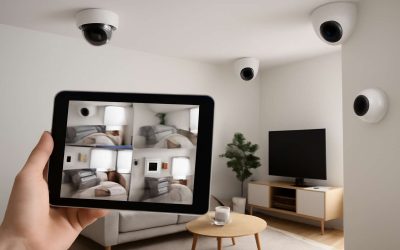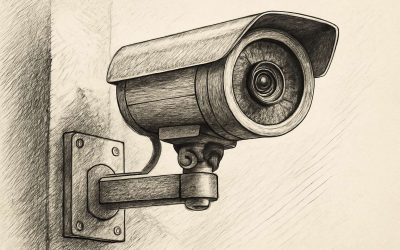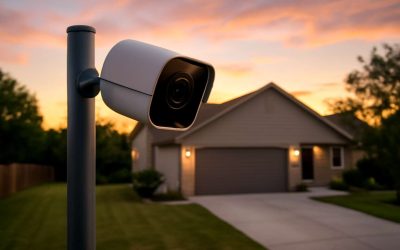
Security cameras are an important part of home security. They can deter thieves, document suspicious activity, and even help you file insurance claims.
They can also protect your family, especially children and elderly residents. They can make checking in on pets, making sure the garage door is locked, and monitoring your yard easier.
Cameras for home can be expensive, but they’re well worth the investment if you want to keep your house safe. You can install them yourself or hire an electrician to do it for you.
Before you start, decide on your goals for your camera system. These could include monitoring your front door, monitoring valuables in your home, and keeping an eye on your kids while you’re away.
Choose a system with a mix of indoor and outdoor cameras. Some systems come with all the accessories you need to mount your cameras, while others may require extra items, like a power supply box or outdoor weatherproof housing. You’ll also want to consider what kind of storage your cameras have.
Cloud storage, which sends recordings to a cloud server, is the most convenient way to store footage. It eliminates the need for a physical hard drive, and it’s easy to access from anywhere with an internet connection.
Other types of storage for home cameras include local video storage and micro-SD cards. Both types record footage and allow you to view it on your computer, smartphone or tablet.
Using an app and Wi-Fi, you can view the live feeds from your security cameras on any device, including smartphones, tablets, laptops and desktop computers. Some cameras come with voice assistants, such as Amazon Alexa and Google Assistant, that can help you check in on your home from any location.
Connect your new cameras to the home WiFi network (if you don’t already have one) and install the software that came with them. Once you have everything set up, test the camera’s motion and person detection functions before you use them.
Once the installation process is complete, you can use your smart phone or other device to watch live footage from your security cameras. You can also save recordings to the camera’s built-in storage or upload them to a cloud storage service, if you have one.
When installing your cameras, you should avoid obstructions that will disrupt the camera’s ability to see what it’s meant to capture. This means avoiding trees, walls, and fences that could block the view.
If you’re using wired cameras, you’ll need to run cables from a power outlet to the cameras and to a DVR or NVR, where they can store the recordings. It’s best to hide the cables behind a piece of furniture or along a wall so they don’t obstruct your view.
You can also buy adhesive pads for your home’s walls to hold your security cameras in place. These are available in many hardware stores and online.
When it comes to installing your home security cameras, it’s best to follow the manufacturer’s instructions and guidelines. This will ensure that your security cameras are secure, and it will save you time and frustration in the future.



0 Comments